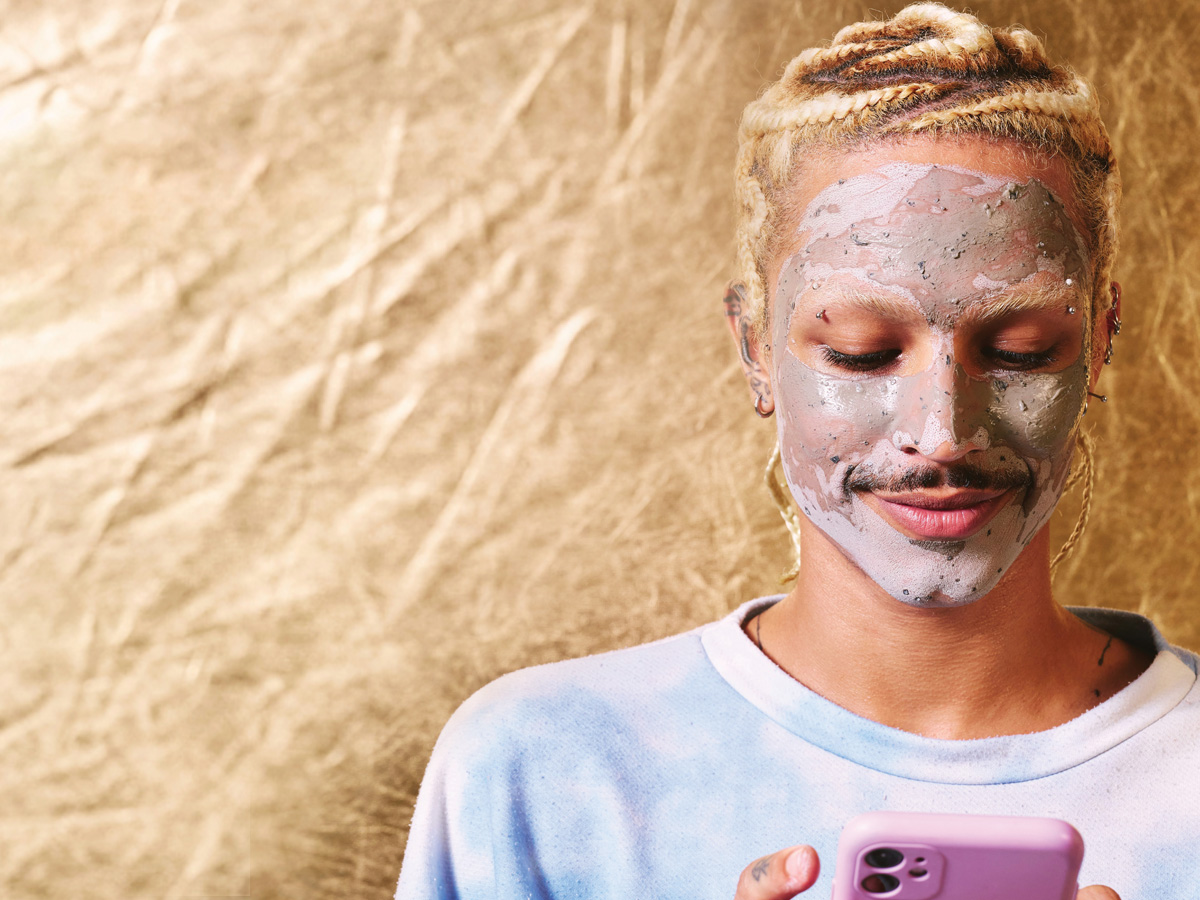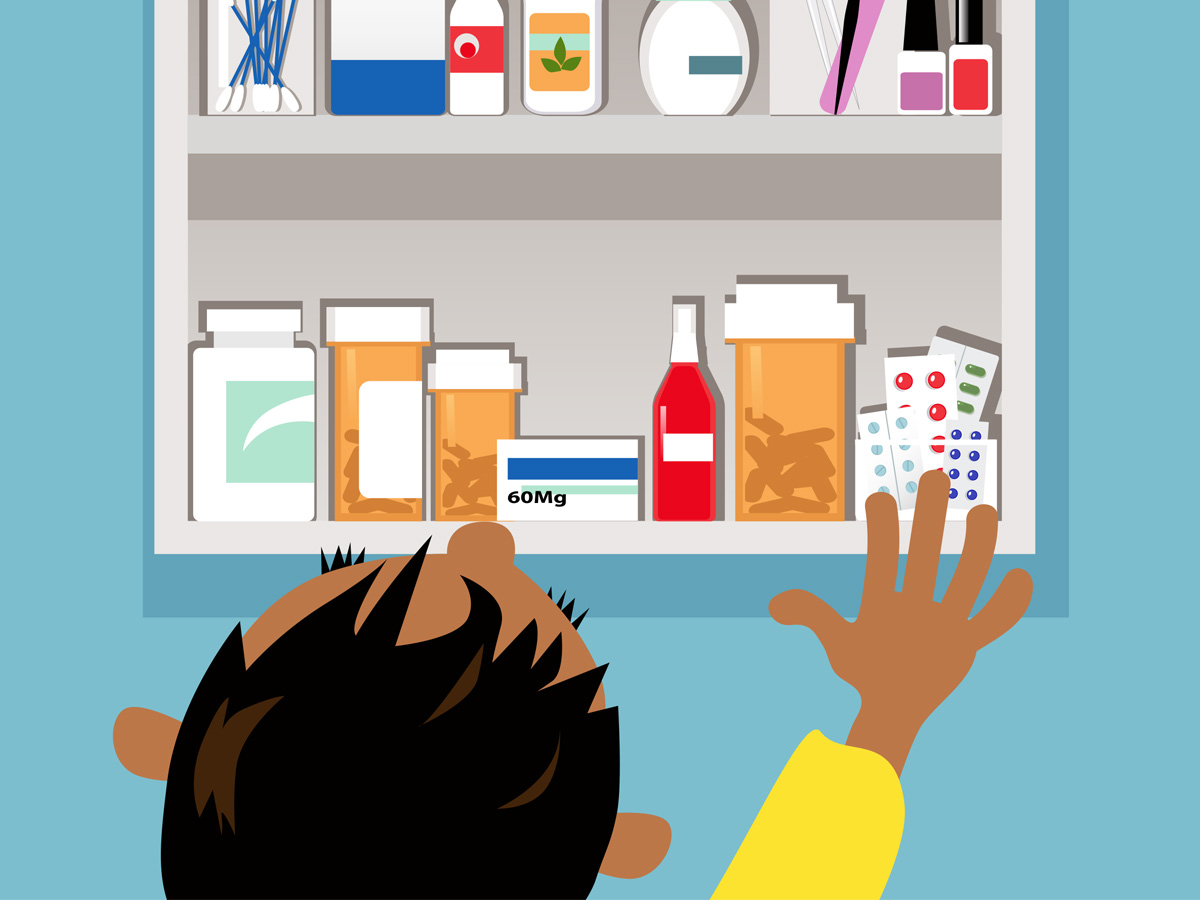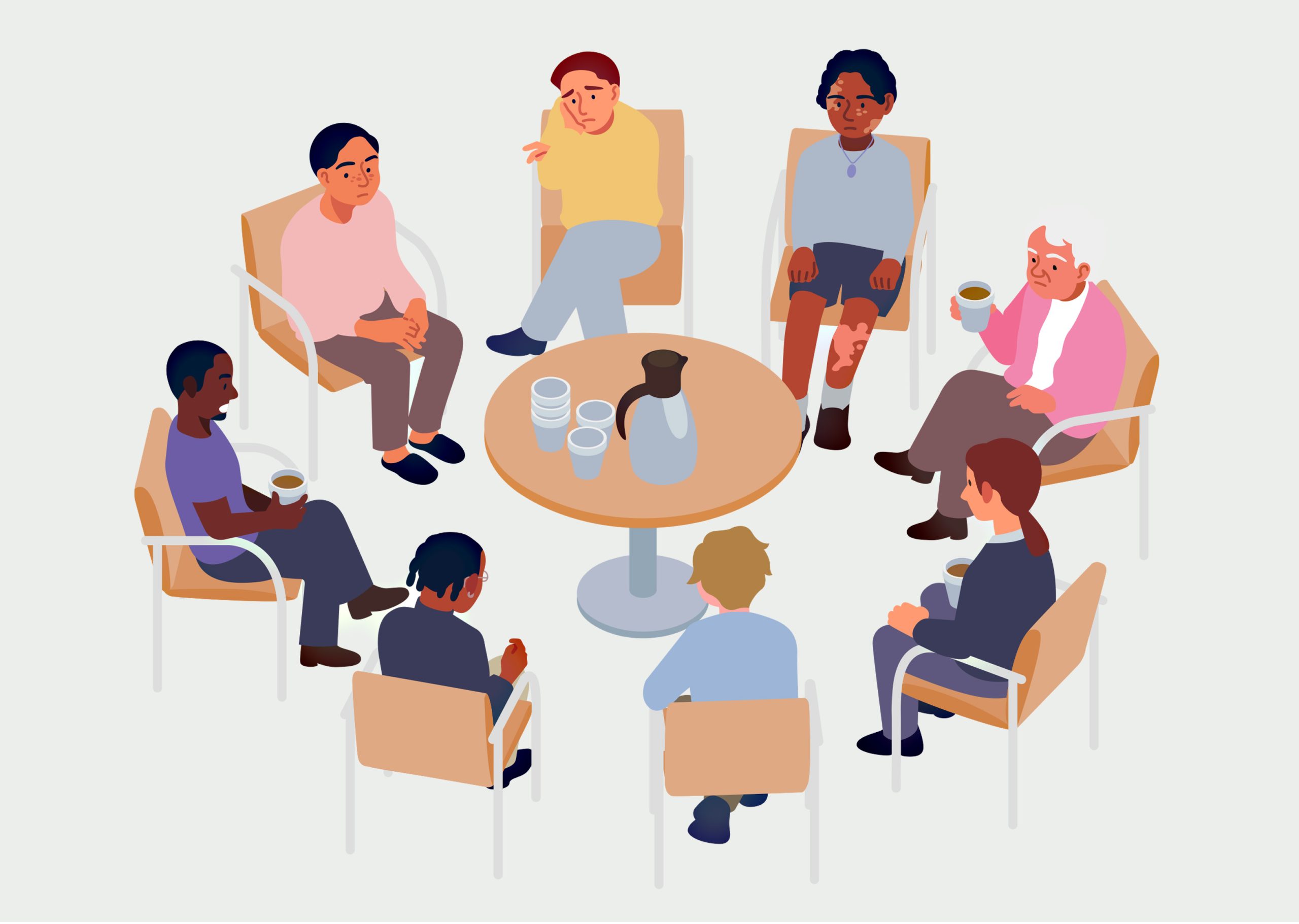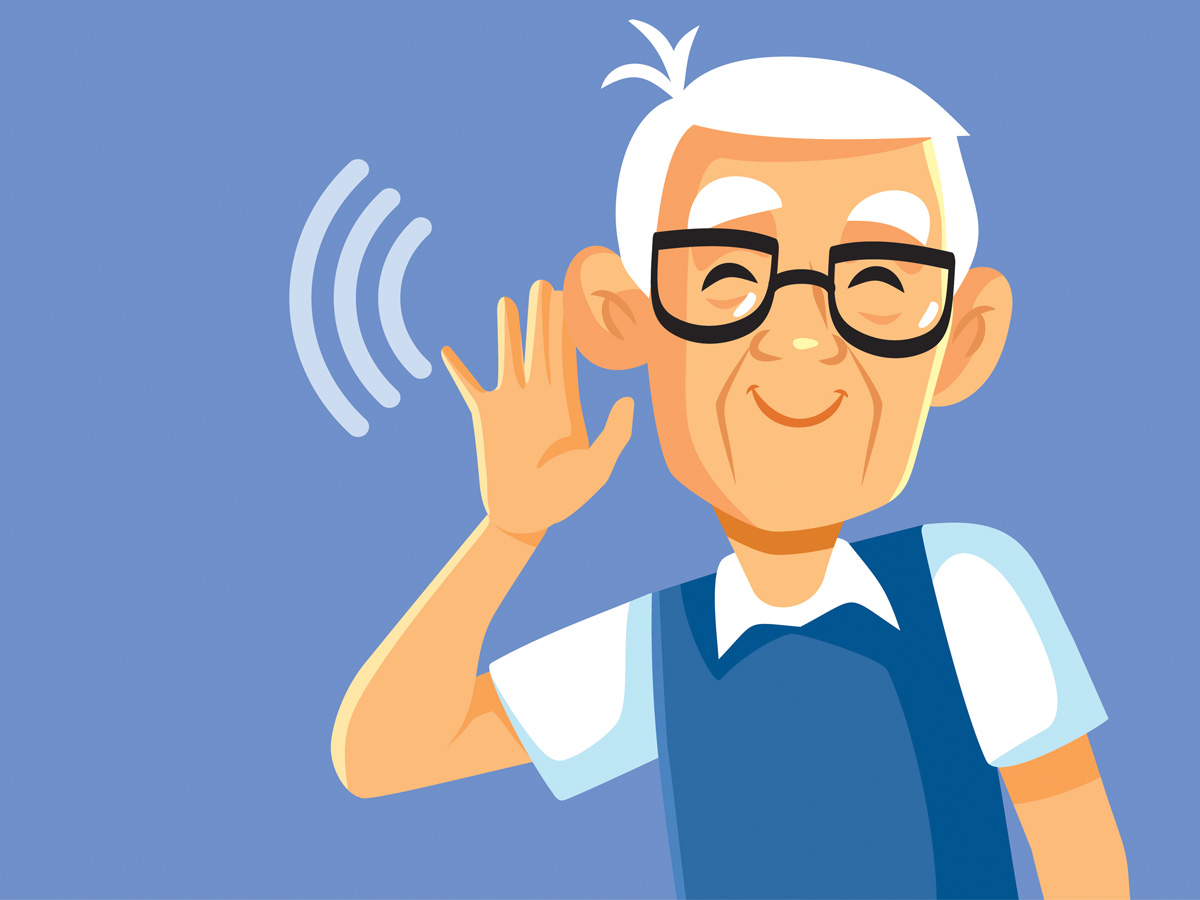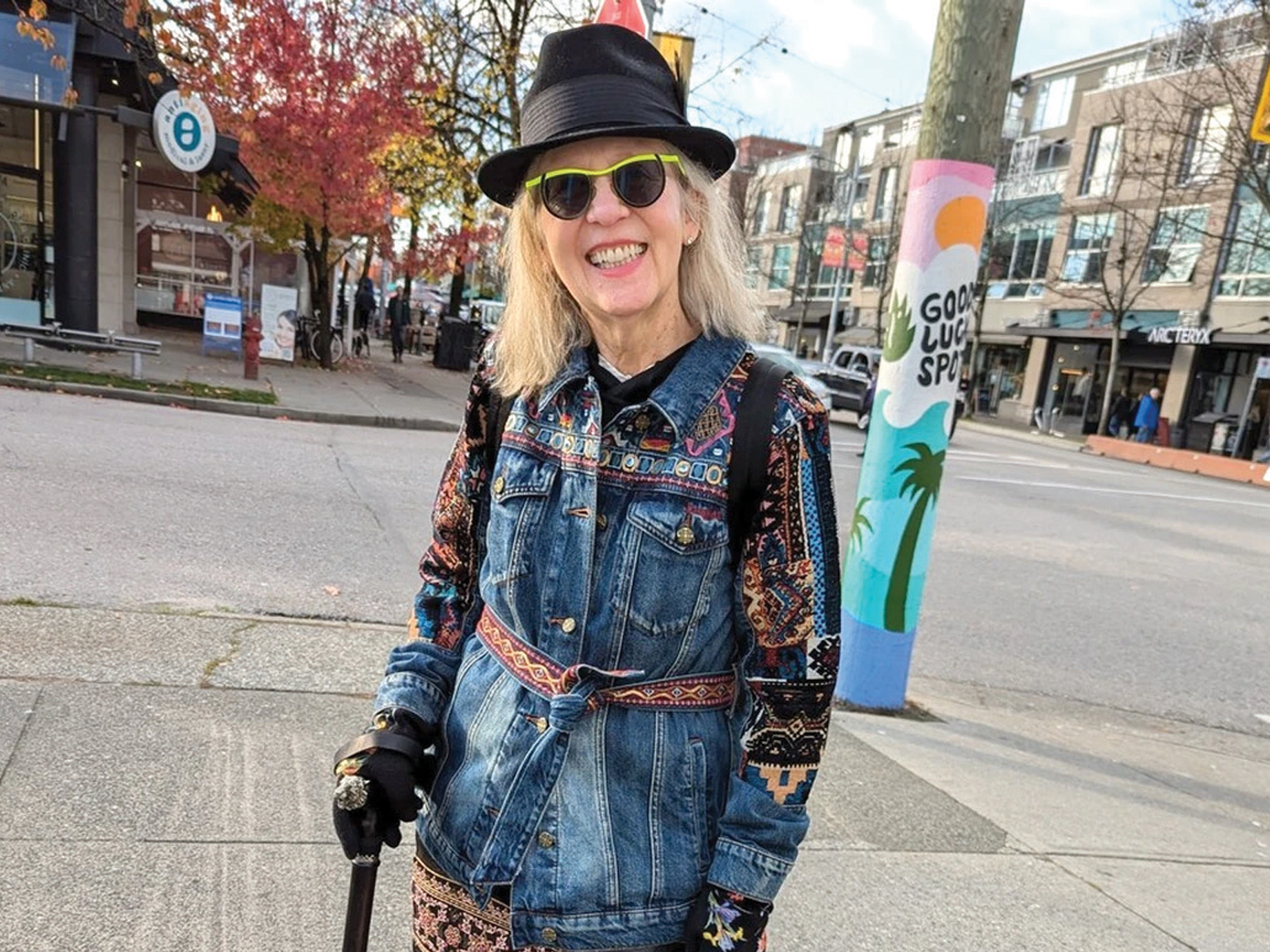Imagine putting on a costume or mask every morning—not for a play or a party, but to serve as shields that hide our genuine emotions, vulnerabilities, and struggles.
You’d smile when you’re struggling, stay silent when you’re overwhelmed, and present a version of yourself that the world finds easier to accept in order to make it through the day. This is the reality of what’s become known as ‘masking’.
More common than we think, ‘masking’ is the act of suppressing or hiding aspects of one’s personality from those around you in the hopes of blending in, staying safe, and ‘fitting in’ socially. However, as we celebrated Mental Health Week in early 2025, the Canadian Mental Health Association (CMHA) encouraged all of us to take a brave step forward to #UnMaskingMentalHealth.
People with mental illnesses and additions often adopting masking behaviours in attempt to avoid negative reactions. They hide certain things in order to be accepted, to cope or perform better at work, find housing and feel accepted or gain friends. Masking can happen in many different scenarios and is quite common on a both a temporary or long-term basis. For instance, a neurodivergent person may mask in an attempt to pass as neurotypical, a man or women may mask to hide their preferred gender identity or sexual orientation in order to stay safe (safety in this context includes both physical safety and psychological safety). Masking can also be present on a wider scale when an individual showcases a idealized version of their genuine day-to-day life on social media. In a simpler form masking can be the act of replying “I’m good” when someone asks how you are, without truly disclosing how you really are for fear of being judged or being a bother.
People feel the need to mask for many reasons but their behaviour can quite often be linked to the fear of attracting the stigma and nasty labels that people attach to those who look or act in a way that isn’t considered “normal” – perhaps unusual physical attributes, diverse abilities, a mental- illnesses or challenges related to substance abuse, the resulting stigma usually becomes internalized as feelings of shame and lo-self-worth.
An exhausting, never ending cycle
A task that requires constant effort, masking has been described as ‘being in a perpetual job interview that can be mentally straining and can result in worsened mental health and physical health concerns. The act of constantly masking has other negative effects. For example, when a person is always masking it can be hard to form authentic relationships or enjoy feelings of belonging and self-satisfaction. Subsequent consequences may be ongoing feelings of loneliness and isolation and, even worsening of existing mental health conditions, self-esteem and self-worth. When masking is present, it can also lead to a misrepresentation of symptoms, a potential misdiagnosis, diagnosis delays and a damaging lack of treatment.
Helping ourselves and others
The pressure to mask also impacts the workplace with three in four working Canadians suggesting that they wouldn’t disclose their mental illness at work, according to the National Institute of Mental Health and
Mental disorders
The 2025 Unmasking campaign is a call for people to drop their personas, try to form deeper connections and ways to boost self-esteem – but only when it is safe to do so. Of note: creating a safe space at work is an important way to help with both individual and collective unmasking efforts.
Reclaiming authenticity
Tips for helping ourselves and others to unmask include modelling our own vulnerability, and practicing generosity in our assumptions towards others. Experts also suggest it’s about challenging the status quo and creating safe spaces at school, work and in the community where others can share without being judged or treated adversely. Other meaningful ideas include working together to:
• Start open conversations. Don’t expect people to drop their feelings and experiences at the door, instead focus on allowing people to share their real feelings.
• Ask again. You can even go as far as to ask a second time if someone says they are ‘fine’ but you suspect they aren’t.
• Be vulnerable. Open up and lead by example so that people around you know it’s okay for them to do so too.
• Don’t shy away from hard topics. Open conversations help reduce stigma, provide honest answers and normalize a variety of ideas and experiences for everyone.
• Be there as a colleague, a peer, a family member, or a friend, be there for those around you and let them know it’s okay for them to reach out to you for support.
Proceed with care and respect
While unmasking is a personal undertaking with a number of positive effects for many people, it should be noted that in some situations it may not be safe to be open and honest. Remember, while some behaviours are common, there is no one definition of what is ‘normal’ This diversity is part of the beauty of being human.
Anjolina Rankin-West is an editorial assistant with an interest in family caregiving.
#unMaskingmentalhealth
CMHA’s mental Health Week 2025 provided factsheets on the definition of masking, the effects of masking, unmasking, and unmasking in the workplace. There were also posters, a toolkit for teachers, an unmasking journal activity. All of these are provided in the hope they can be used to effectively spread more information on #UnmaskingMentalHealth, and help those who live their lives hiding their truest self. For more information, and access to the CMHA’s toolkits visit: https://cmha.ca/mental-health-week/.
Photo: Molly the Cat, Unsplash.

